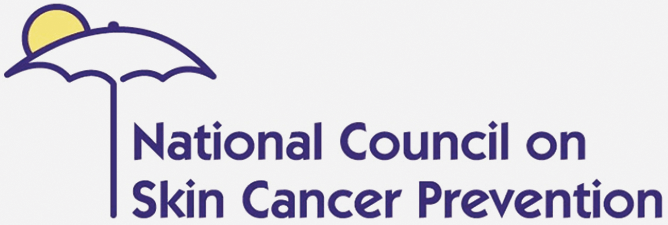The Surgeon General’s Call to Action to Prevent Skin Cancer calls on partners in prevention from various sectors across the nation to address skin cancer as a major public health problem. Federal, state, tribal, local, and territorial governments; members of the business, health care, and education sectors; community, nonprofit, and faith-based organizations; and individuals and families are all essential partners in this effort. The goal of this document is to increase awareness of skin cancer and to call for actions to reduce its risk. The Call to Action presents the following five strategic goals to support skin cancer prevention in the United States: increase opportunities for sun protection in outdoor settings; provide individuals with the information they need to make informed, healthy choices about ultraviolet (UV) radiation exposure; promote policies that advance the national goal of preventing skin cancer; reduce harms from indoor tanning; and strengthen research, surveillance, monitoring, and evaluation related to skin cancer prevention.
Skin cancer is the most commonly diagnosed cancer in the United States, and most cases are preventable.1-3 Skin cancer greatly affects quality of life, and it can be disfiguring or even deadly. Medical treatment for skin cancer creates substantial health care costs for individuals, families, and the nation. The number of Americans who have had skin cancer at some point in the last three decades is estimated to be higher than the number for all other cancers combined, and skin cancer incidence rates have continued to increase in recent years.
Each year in the United States, nearly 5 million people are treated for all skin cancers combined, with an annual cost estimated at $8.1 billion. Melanoma is responsible for the most deaths of all skin cancers, with nearly 9,000 people dying from it each year.11 It is also one of the most common types of cancer among U.S. adolescents and young adults.12 Annually, about $3.3 billion of skin cancer treatment costs are attributable to melanoma.
Despite efforts to address skin cancer risk factors, such as inadequate sun protection and intentional tanning behaviors, skin cancer rates, including rates of melanoma, have continued to increase in the United States and worldwide. With adequate support and a unified approach, comprehensive, communitywide efforts to prevent skin cancer can work. Although such success will require a sustained commitment and coordination across diverse partners and sectors, significant reductions in illness, deaths, and health care costs related to skin cancer can be achieved.
